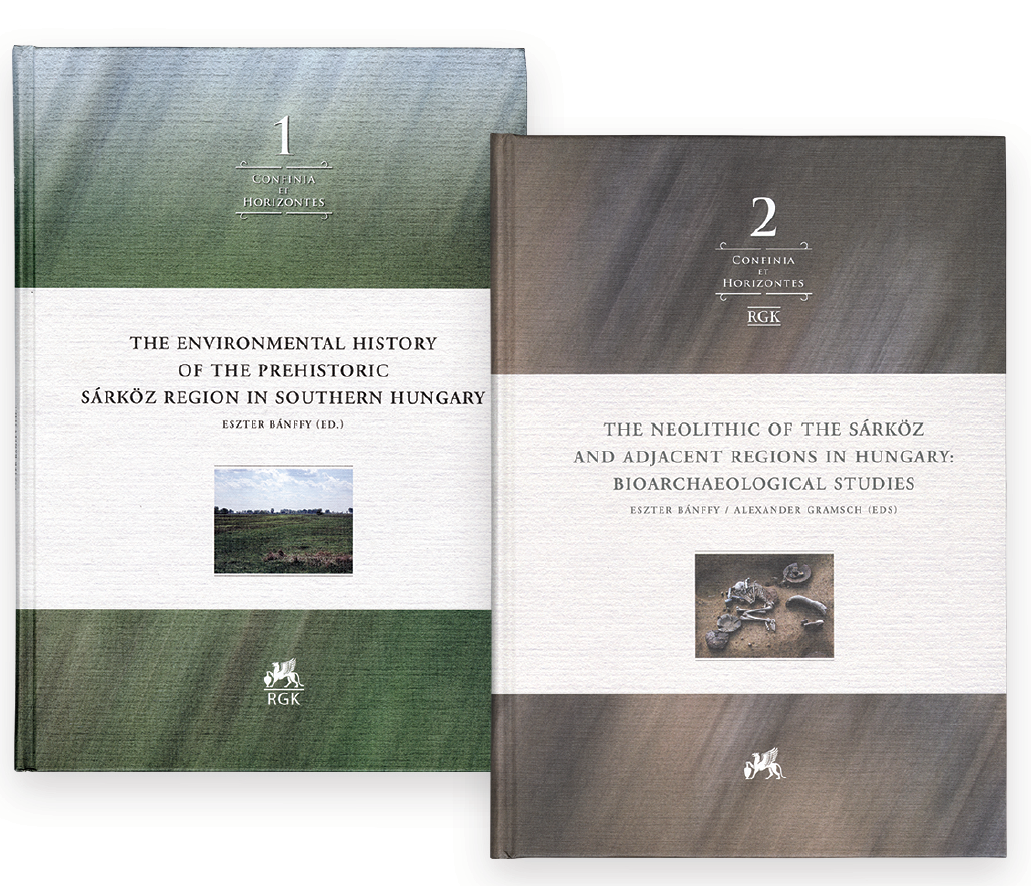On May 13, 2025, in the framework of a joint book launch at the HUN-REN RCH Institute of Archaeology in Budapest, the first two volumes of the international monograph series Confinia et Horizontes, edited by Eszter Bánffy and Alexander Gramsch, were presented.
Volume 1, published in collaboration with the HUN-REN RCH Institute of Archaeogenomics and the German Archaeological Institute’s Römisch-Germanische Kommission (RGK) in Frankfurt, was introduced by Enikő Magyari, corresponding member of the Hungarian Academy of Sciences and Professor at ELTE;
Volume 2 was presented by Tamás Szeniczey, assistant professor at ELTE. The launch was attended by Kerstin Hofmann, director of DAI RGK, and Alexander Gramsch, head of the RGK editorial board and co-editor of Volume 2, and the assembled guests were welcomed by Tibor Marton, deputy director of the Institute of Archaeology, Eszter Bánffy, Scientific Advisor, and Anna Szécsényi-Nagy, director of the Institute of Archaeogenomics.
The newly released Volume 2, titled The Neolithic of the Sárköz and Adjacent Regions in Hungary: Bioarchaeological Studies, presents the bioarchaeological analysis of Neolithic–Early Copper Age settlements and cemeteries in the Sárköz region of southern Transdanubia—especially those excavated at Alsónyék—using physical anthropology, archaeozoology, archaeogenetics, and stable isotope methods. It also summarizes recent genetic research on the Neolithic and Early Copper Age of the Carpathian Basin and includes three doctoral dissertations revised for publication. These contain the results of a large-scale bioarchaeological research program (DFG) led by Prof. Kurt W. Alt between 2010 and 2015 at the Johannes Gutenberg University of Mainz—of which the doctoral theses of Anna Szécsényi-Nagy (on Transdanubian prehistoric populations) and Victoria Keerl (on Great Hungarian Plain prehistoric populations) were also part—all presented in a consolidated 158-page chapter.



